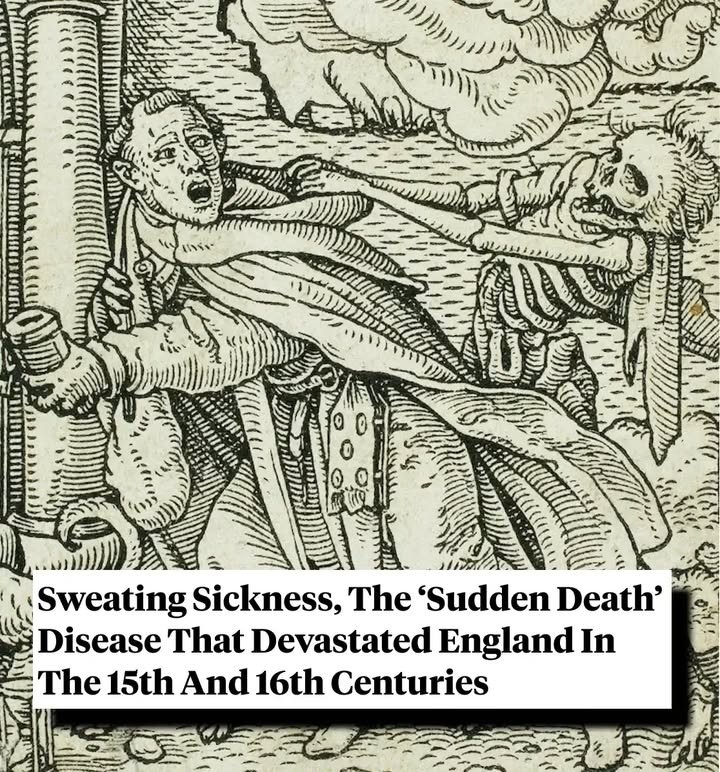Here’s “The Monk (or Mendicant), from ‘The Dance of Death’”, a striking woodcut by Hans Holbein the Younger, executed around 1526 and published in 1538 The Metropolitan Museum of ArtPublic Domain Image Archive.
About the Artwork
This illustration is part of Holbein’s powerful “Dance of Death” series—an iconic set of woodcuts that depict Death as the great equalizer, confronting individuals from all walks of life Public Domain Image ArchiveWikipedia. In this particular image, Death (typically represented as a skeletal figure) seizes a monk—or mendicant friar—who clutches his collection box with a loyal dog at his side The Metropolitan Museum of ArtGoogle Arts & Culture.
Key Context & Themes
-
Memento Mori Tradition: The Dance of Death genre serves as a stark reminder of mortality. Here, Death interrupts the everyday existence of a friar, illustrating that no one—clergy included—is exempt from fate’s reach Wikipedia.
-
Social Commentary: Holbein’s work transcended devotional imagery and carried a sharp edge of satire. Through these woodcuts, he critiqued institutions and exposed human vanity, greed, and the illusions of power—even among religious figures WikipediaWikipedia.
-
Renaissance Reformation Implications: Created during an era of religious upheaval, these woodcuts straddle the tensions of the Reformation, engaging both Catholic and Protestant audiences with moral and spiritual reflection Wikipedia.
Artistic Details
-
Medium & Dimensions: This is a woodcut on paper, measuring a compact ~6.5 × 4.8 cm or 2.5 × 2 inches, typical of Holbein’s small-format prints The Metropolitan Museum of ArtArt Institute of Chicago.
-
Collaborator: The print was executed by Hans Lützelburger, a skilled printmaker, working from Holbein’s design The Metropolitan Museum of Art.
Why It Still Resonates
Holbein’s Dance of Death remains a vivid example of how art can blend craftsmanship, moral reflection, and societal critique. These intimate woodcuts pack a punch—graphically confronting mortality while also holding a mirror to the complacencies of power, wealth, and religious authority.
Would you like to explore more woodcuts from the Dance of Death series, or dive deeper into Holbein’s symbolism in his portraiture?
